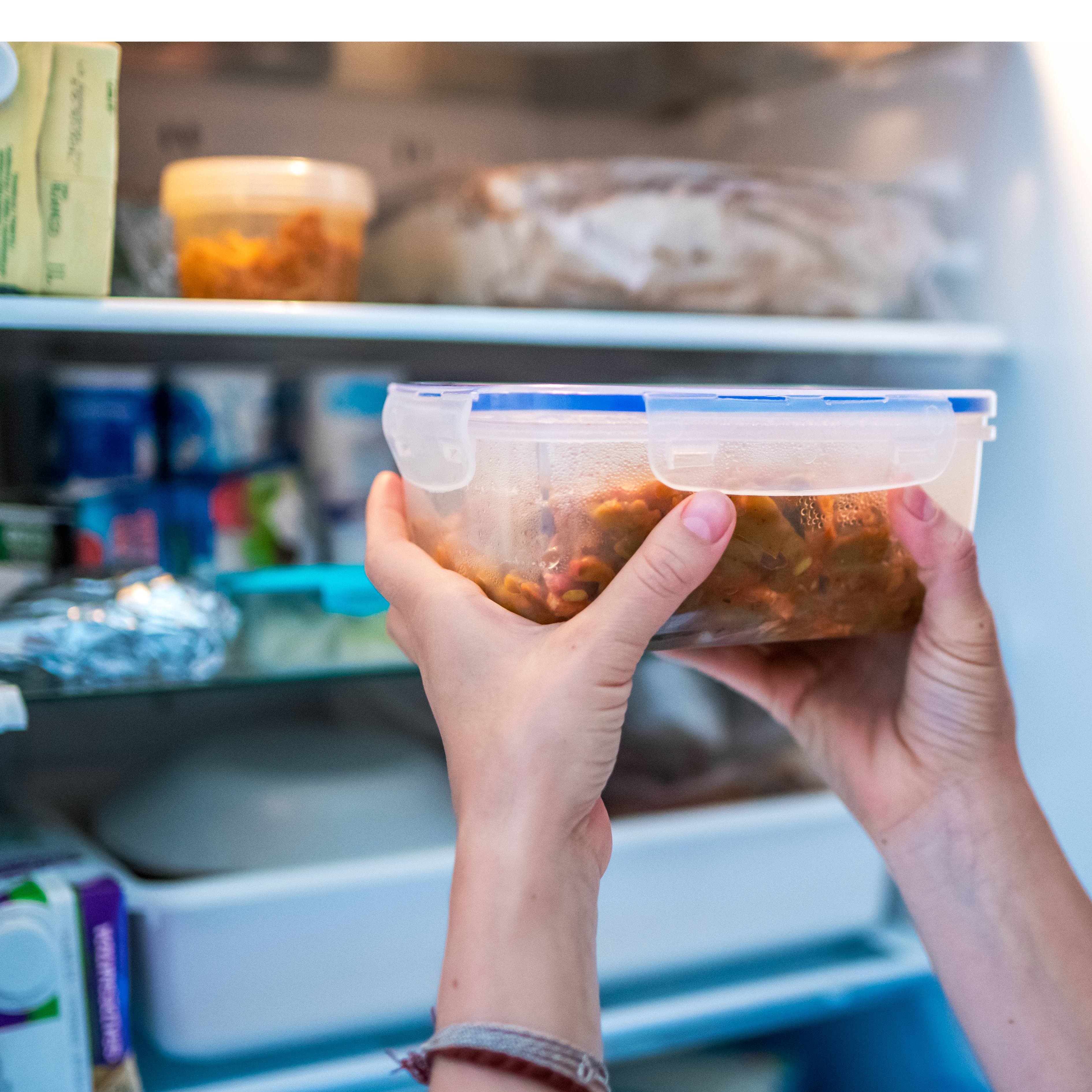-
Not a Blood Donor? Mayo Clinic Expert Addresses 6 Fears That Stop People from Giving
As few as 3 percent of people eligible to give do; unfounded phobias, anxiety typical reasons why
ROCHESTER, Minn. — Sept. 10, 2013 — As few as 3 percent of Americans eligible to donate blood do, and fear and anxiety are common reasons why many decline to give. U.S. hospitals are always in need of new donors; at Mayo Clinic, that need is heightened by concern about iron deficiency in frequent givers. Mayo recently began requiring people to wait 12 weeks rather than eight between donations, a change that means an estimated 10 percent drop in its blood supply. To inspire more people to give blood, Manish Gandhi, M.D., medical director of the Mayo Clinic Blood Donor Center, addresses six common blood donation phobias:
MULTIMEDIA ALERT: Video of Dr. Gandhi and b-roll of blood and blood donation are available for download from the Mayo Clinic News Network.
Fear of needles: Needles used in blood donation definitely aren't the harpoons that needle-phobic people may think they are. Dr. Gandhi says donors feel a pinprick, much like getting a vaccination.
"You can consider this like taking a flu shot, but at the same time, potentially you can help at least three people by one whole blood donation," he says. Dr. Gandhi encourages those afraid of needles to put their fear to rest by visiting a blood donation center to see the needles being used.
Fear of the sight of blood: "You don't have to see the blood," Dr. Gandhi says. "Our seats have TVs on them; you can watch a movie, you can watch a show while you are donating blood, so you don't have to look at it."
Fear of fainting: Donor centers take steps to prevent fainting. Few people faint, and research has shown that just because it happens once, that doesn't mean it will again, Dr. Gandhi says. "We are continuously looking at different ways that can be avoided."
Fear of nausea: Easily avoided, Dr. Gandhi says: "Eat a healthy breakfast or eat a full meal, keep yourself hydrated, and then come and donate blood. And don't be thinking about 'Oh, this is such a big needle,' or the anxiety. Maybe a good idea would be to start thinking about a good song or watch a show, or do something. I think distraction is the key to successful donation."
While eating before donating is important, it may be best to avoid a fatty meal such as a cheeseburger, fries and milkshake: It can change your plasma's appearance. Plasma normally looks a bit like clear chicken broth; a fatty meal, and it looks more like gravy. Click here to see the difference.
"It's fine, it's normal, but sometimes it's not aesthetically pleasing to someone, so we don't want plasma that is full of fat molecules," Dr. Gandhi.
Fear that if you give once, the center will pester you to give again: Blood banks tend to respect donors' privacy and how frequently they like to be called, Dr. Gandhi says.
Fear giving blood will lead to a health problem: Potential donors are screened for health problems to make sure they are healthy enough to give. "In most cases, a healthy person — donating blood would probably do them good, because basically you are going to replenish new blood," Dr. Gandhi says.
To prevent the spread of HIV, hepatitis or other illnesses, disposable needles and blood donation sets are used, and fresh ones are used for each person, then disposed of, Dr. Gandhi says. "So there's no way you're going to get a virus transmitted by blood, because you are not going to come into contact with someone else's blood," he says.
After giving, donors are asked to stay for 15 to 30 minutes and have something to eat and drink, Dr. Gandhi says. They should avoid heavy exercise or lifting weight for the next six to 24 hours, but otherwise can return to normal activity, he says.
As far as iron loss in frequent donors, Dr. Gandhi says Mayo will continue to study the issue, to see whether changing the donation interval from eight weeks, the minimum required by the Food and Drug Administration, to 12 weeks makes a difference. If results are mixed, the next step may be giving donors iron supplements, though they can cause stomachaches and constipation in some people, Dr. Gandhi says.
Meanwhile, to compensate for the blood lost due to the longer between-donation waiting period, Mayo Clinic has started a Donate One More Time" campaign. Mayo has found that roughly 45 percent of donors only give once or twice a year; if they give one more time, they will more than make up the 10 percent loss, Dr. Gandhi says.
That shows that in addition to easing fears about blood donation, it is also important to address a common misconception: that there is plenty of blood on hand, and if a friend or family member needs it, there will be plenty of time to give blood then to help them.
"There's always someone who needs it," Dr. Gandhi says. "Unfortunately, it's always the sickest of people who need blood, and it's the blood which makes a difference between life and death for them."
###
About Mayo Clinic
Recognizing 150 years of serving humanity in 2014, Mayo Clinic is a nonprofit worldwide leader in medical care, research and education for people from all walks of life. For more information, visit 150years.mayoclinic.org, www.mayoclinic.org and newsnetwork.mayoclinic.org.
MEDIA CONTACT:
Sharon Theimer, Mayo Clinic Public Affairs, 507-284-5005, newsbureau@mayo.edu







